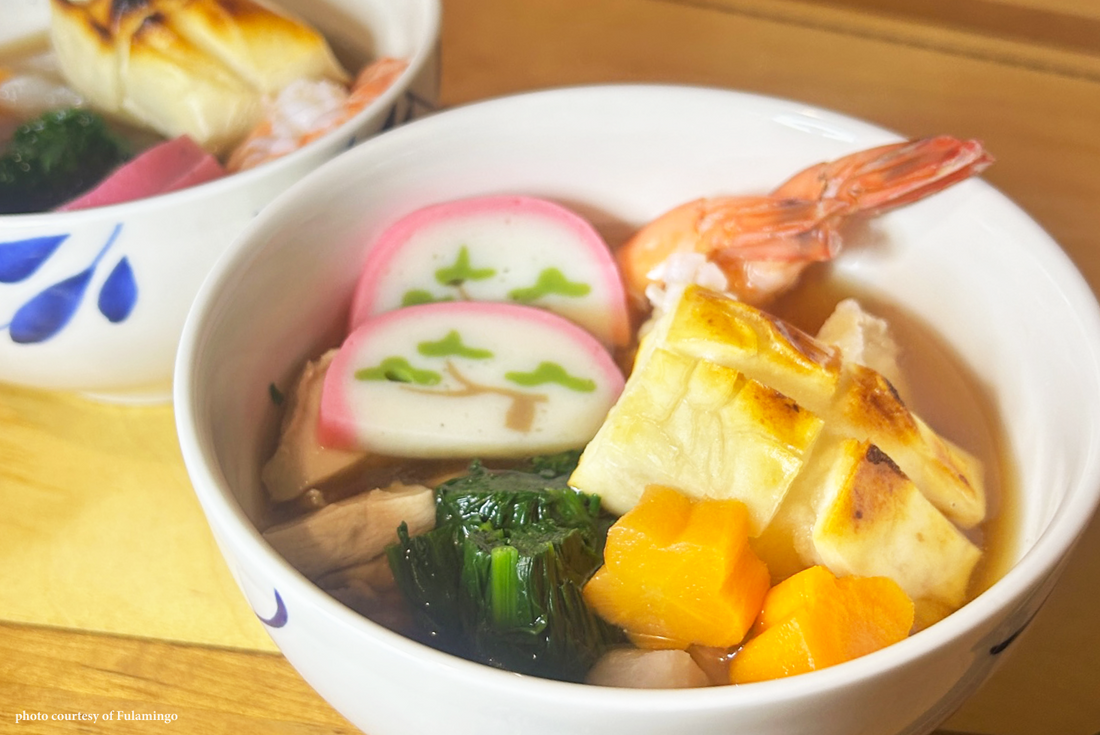
Kana's Ozoni Soup
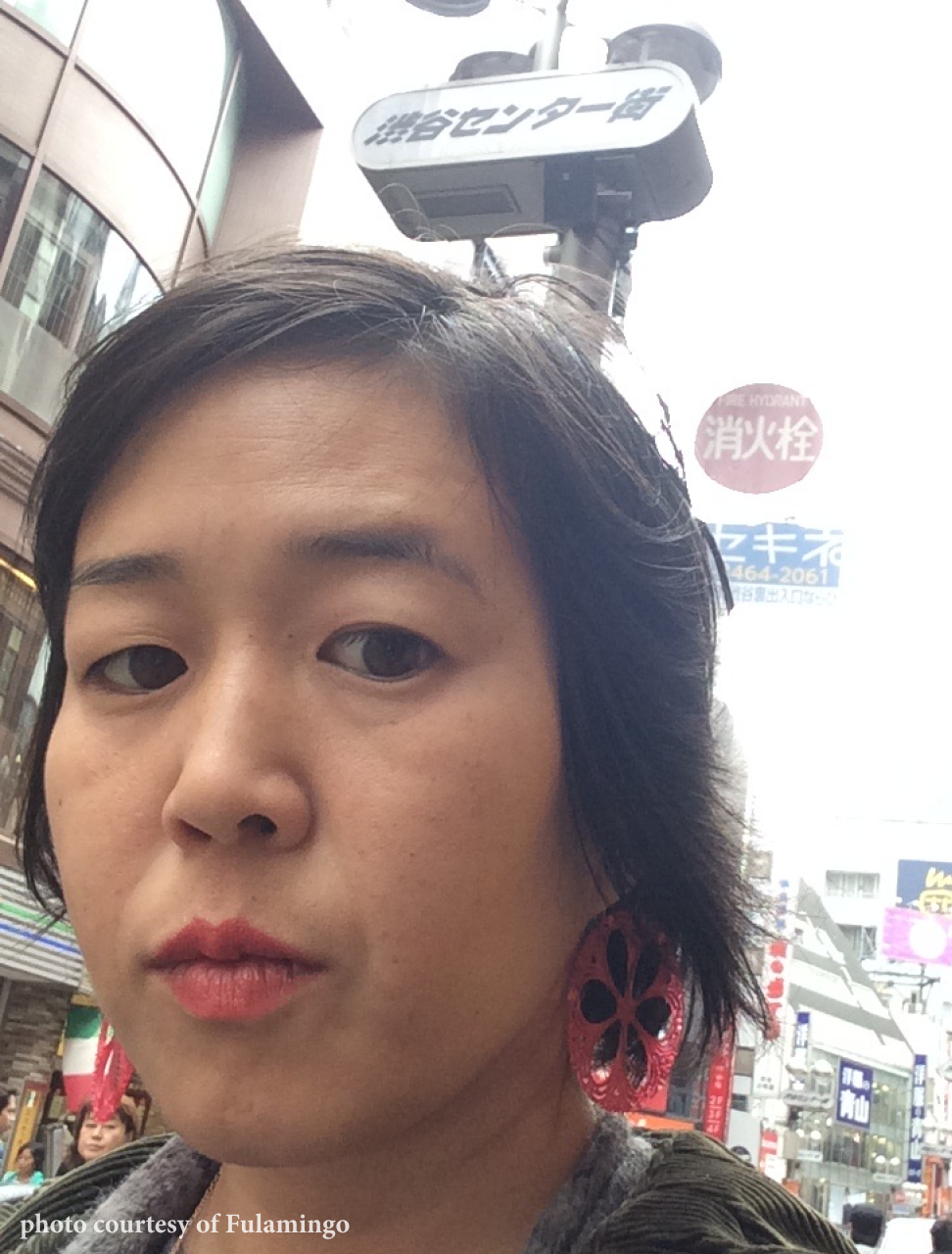
New years is one of the biggest holidays in Japan.
It’s common for people to go to their local temples, clean their houses, give their kids gifts of money, and also lounge and hang out with family. Most important though, is eating traditional new year's dishes! Some of these dishes are Toshikoshi Soba, assorted Osechi dishes, and Ozoni Soup.
Toshikoshi Soba is buckwheat noodles in broth, and is important because the hardiness of the buckwheat represents wellbeing, strength and resilience, while the length of the noodles represents longevity. Osechi is an amazing assortment of small dishes in lacquer boxes, which are time consuming to prepare, so most people now order their New Year’s Osechi from restaurants and supermarkets. Finally, Ozoni is a really great dish to prepare at home, and one of my favorite things of every new year.
Ozoni, at its most basic, is a soup of vegetables and mochi, in broth. While different regions and families might have their own Ozoni recipes, it’s practically guaranteed to at least include mochi. Mochi has always been associated with good fortune and has been eaten on celebratory occasions since long ago. The custom continues to this day and eating Ozoni for New Year’s is considered an expression of good fortune (for making it to another year).
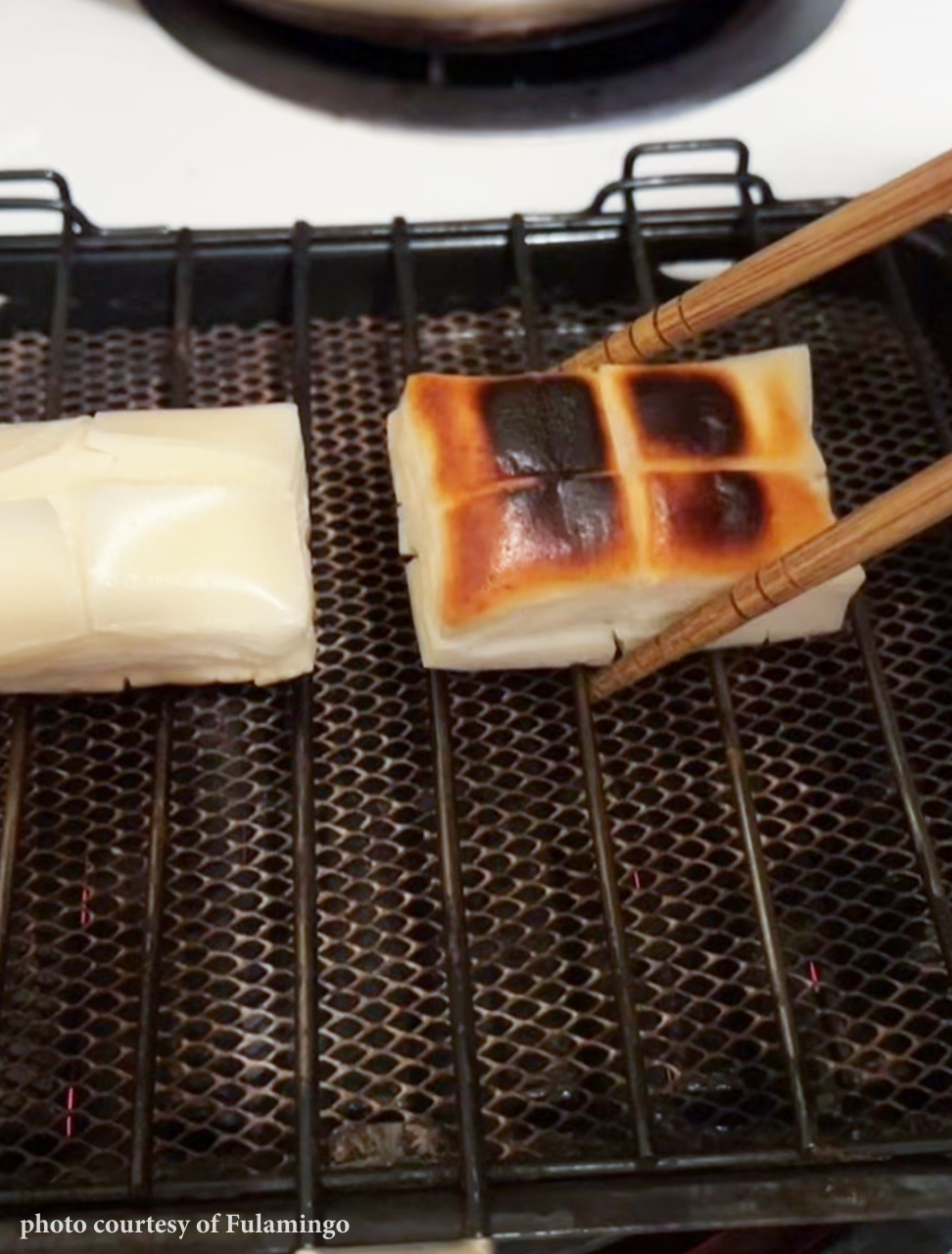
Some important notes about the Mochi in the Ozoni Soup:
1 — Mochi is delicious but each mochi is the equivalent to a bowl's worth of rice so I would limit my intake to one per meal.
2 — Mochi is very sticky and chewy and needs to be carefully chewed up so that one doesn't choke on it. This is an especially important note for children and older people. There are PSAs about this in Japan every year surrounding New Years.
This recipe, which includes chicken and shrimp, along with various vegetables and kamaboko fish cake, is what my mom taught me to make, which might be considered more of a Tokyo-style Ozoni.
~ Kana Hinora Hanson, guest contributor and part owner of Fulamingo

Fulamingo
Portland’s premier purveyors of the best Japanese foodstuffs, Fulamingo is the brainchild of husband and wife team Kana Hinohara Hanson and Erik Hanson, both veterans of Portland’s amazing restaurant scene. Offering everything from snacks to grocery to esoteric ingredients, Fulamingo–located inside of Wellspent Market–has become one of our city’s essential stops for food lovers.
What You'll Need
Ingredients
- 1/2 pound of boneless skinless chicken thighs, trimmed of fat and cut into 1" pieces
- 2 tablespoons of sake, divided
- 2 quarts dashi*
- 1 daikon radish about 6” long, peeled and cut into half-inch disks
- 1 fat carrot, about 6” long, peeled and cut into half-inch disks
- 1 tablespoon of soy sauce
- 1 teaspoon of vinegar - distilled white, rice vinegar, or whatever you have on hand that’s similar
- 8 large shrimp, peeled and deveined
- 1 bunch of spinach
- Some ice, for ice baths to chill blanched ingredients
- 8 slices Kamaboko (Japanese fish cake) - Optional
- 4 mochi squares or circles
- 1/4 - 1/2 teaspoon of Italian fine sea salt
- * we used Riken brand, one pouch makes one quart of dashi, so we used two pouches. Any instant dashi will do, or you can make your own dashi from scratch.
Equipment
- 3 saucepans, one should hold at least 4 quarts
- 1 chef's knife
- 1 measuring spoons
- measuring cups
- A small strainer or fat-skimmer
- A colander or strainer
- mixing bowls (one small one for marinating the chicken, and one larger one filled with ice water for chilling ingredients)
- Toaster oven or oven
- Japanese vegetable die-cutters AKA “yasai nukigata” - Optional
- Bamboo sushi-rolling mat (Optional)
- Japanese grill pan (Optional)
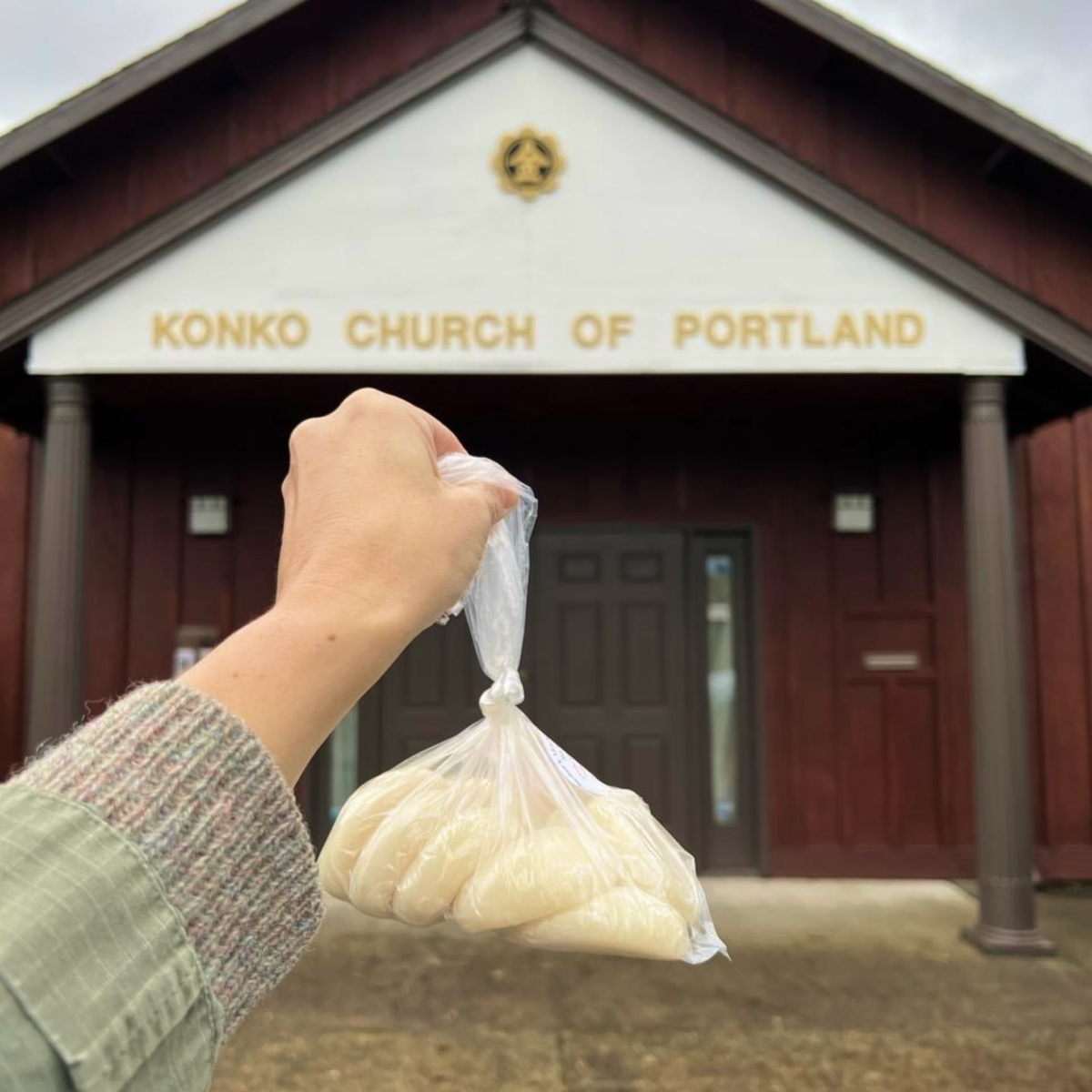
Finding fresh mochi in PDX
For decades, volunteers at Montavilla’s Konko Spirit church have gathered together to make mochi to celebrate the Japanese New Year. Word of the mochi’s superior quality spread, and in the early 80’s, Portland’s legendary Japanese market Anzen began offering ‘Bachan’s Mochi’ to the public at large. After Anzen closed in 2014, Konko Spirit signed a contract with pan-Asian grocery powerhouse Uwajimaya, and has been growing ever since. These days you can get fresh mochi on the second Saturday of each month.
What you'll have to do
Step 1 — Marinate the chicken: Place the chicken into a bowl and add 1 tablespoon sake. Marinate for 10 minutes.
Step 2 — Make dashi: Bring 2 quarts of water to a boil, then stir in two packs of Riken instant dashi powder. One could totally use their own home-made-from-scratch dashi broth, but we like the convenience of instant dashi here. It turns out great!
Step 3 — Cook the chicken: Add the chicken to the dashi and cover the pot. Boil until cooked through (about 5 minutes), skimming the fat that rises to the surface. Use a slotted spoon to pull the chicken from the broth and set aside. Leave the dashi broth on the heat.
Step 4 — Cook the daikon and carrot: Bring the dashi broth you used to boil the chicken and bring it back up to a boil with the lid on. Add the daikon. Blanch for 8 minutes (or until fork-tender). Use a slotted spoon to pull the daikon from the broth. Repeat this blanching process for the carrot.
Step 5 — Finish the soup broth: Measure off 1 quart of the dashi poaching-broth into a storage container. Add 1 tablespoon soy sauce, 1 tablespoon sake and a pinch of salt to season. This is the finished soup broth! You can save the remaining poaching liquid that you didn’t season and use it later on to make more broth if you have leftover chicken or veggies. You can also use it to make miso soup, or blanch other veggies. (Dashi-poached veggies are so delicious!) You can freeze it, or keep it in the fridge for a week.
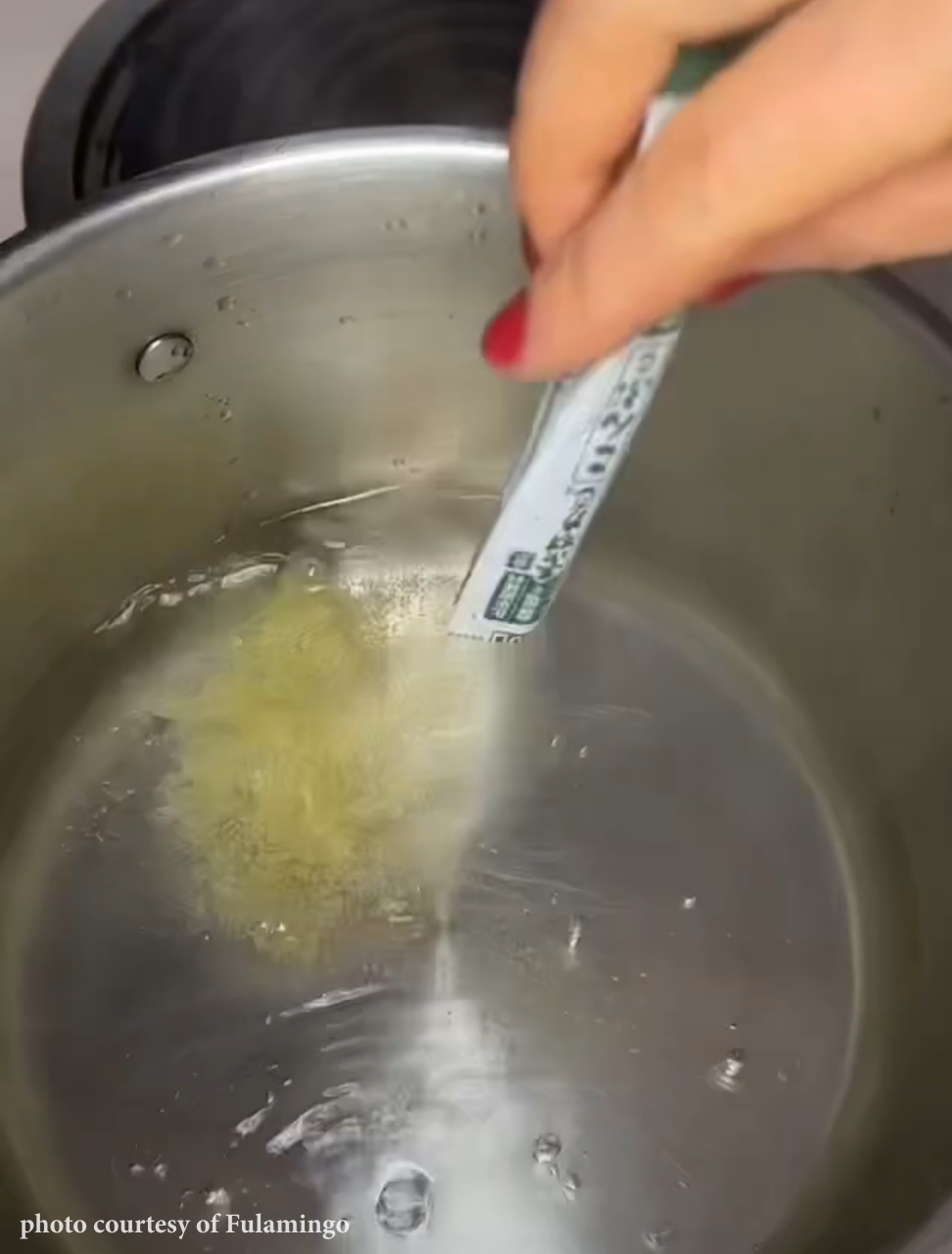
Step 6 — Cut the blanched vegetables: If you have the Japanese vegetable die-cutters, use them to cut fun shapes out of your blanched daikon and carrot disks. Otherwise cut each of the blanched disks into quarters. Set aside.
Step 7 — Cook the shrimp: Bring a pot of water to boil and add 1 teaspoon vinegar. Poach the shrimp for 2 minutes (or until cooked through), and then immediately place them into a bowl of ice water. Once they are chilled, set them aside.
Step 8 — Blanch the spinach: Bring another new pot of water to a boil, and then blanch the spinach in it in, in small batches, about 40 seconds per batch. Put each batch into an ice bath to stop it from cooking. Strain the chilled spinach out from the ice bath.
Step 9 — Squeeze and cut the spinach: If you have a sushi-rolling mat, here’s where you use it. Otherwise you can also do this part by hand. Arrange the blanched spinach leaves so that they are more or less all bunched up parallel, leaf to stem, in one 6” long rod-shaped stack. Squeeze the moisture out of the stack, while forming the spinach together in a sort of “spinach log”. Once the log is formed, cut it cross-wise into four 1.5” pieces. Take care not to break apart the cut-spinach “disks” and set them aside.
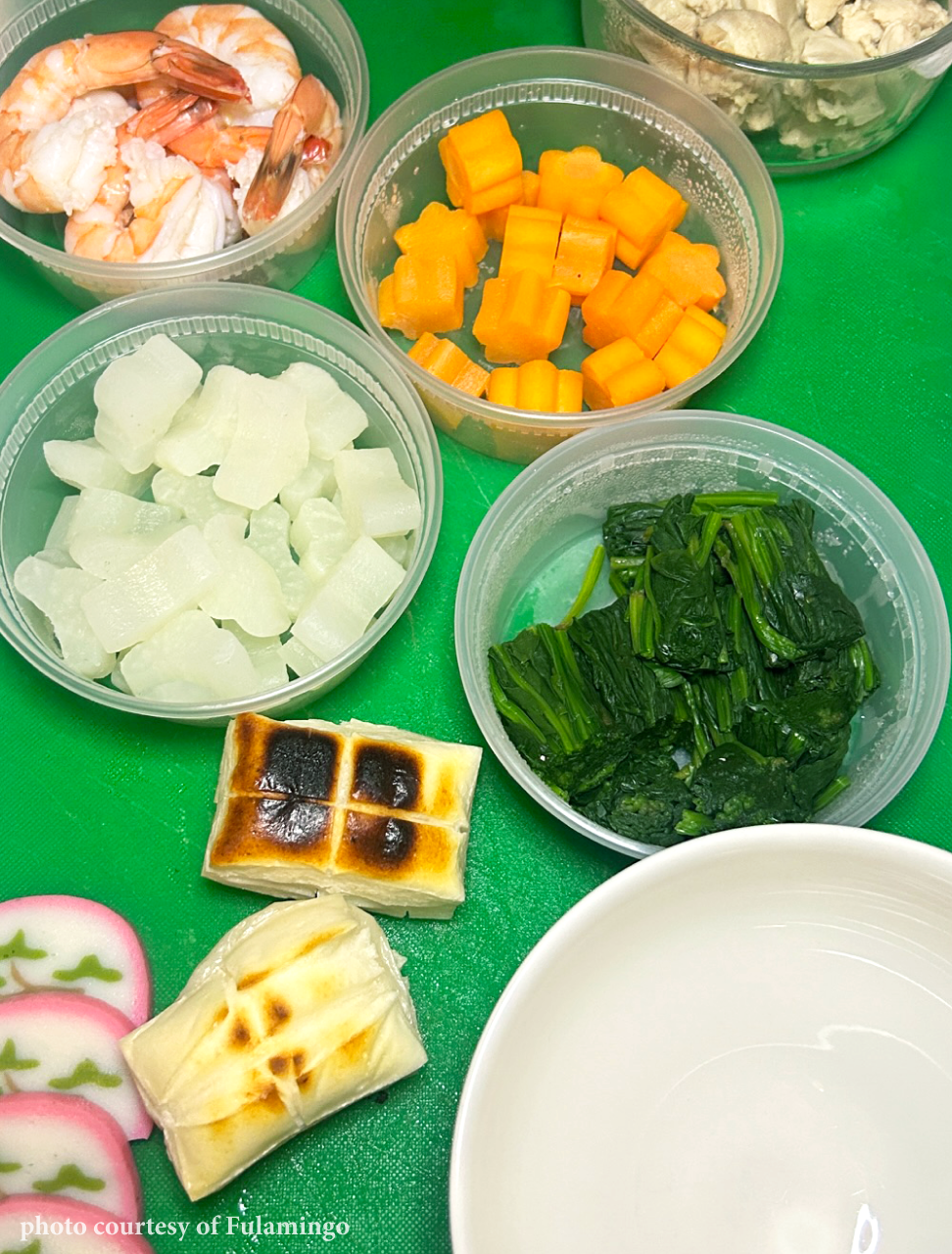
To serve
Ozoni can easily be prepared in advance, up to 2 days. Just store your finished seasoned broth, blanched chicken, carrots, daikon, spinach-disks, and cooked shrimp, in separate containers in your fridge. In Japan, it’s important to not work/cook/clean on New Years Day so it’s customary to prepare these components the night before so you just have to assemble and warm the soup next day. When you are ready to serve, follow these steps
1 — Take all the veggies and proteins out of the fridge and let them come up to temp a little bit. 15-20 minutes should suffice.
2 — Heat the broth in a saucepan over medium-high heat. Ideally you want the broth to be just-before boiling.
3 — While the broth is heating, cook the mochi. If you have a grill pan, toast them over medium high heat until they are browned and expanding. If you don’t have a grill pan, you can also cook the mochi for about 5 minutes in a toaster oven or oven. If you’re using a toaster oven or oven, place the mochi on tin foil for easy clean up.
4 — In the meantime, arrange the ingredients you cooked ahead of time into your serving bowls in cute little piles. We put one spinach disc, two shrimp, two kamaboko slices, and 3-5 pieces each of chicken, daikon and carrot into each bowl.
5 — Once the mochi is cooked and the broth is hot, place the mochi in the bowl and gently pour one ladle-full of broth over everything. Your Ozoni is ready! Itadakimasu!
All photos courtesy of @fulamingo_
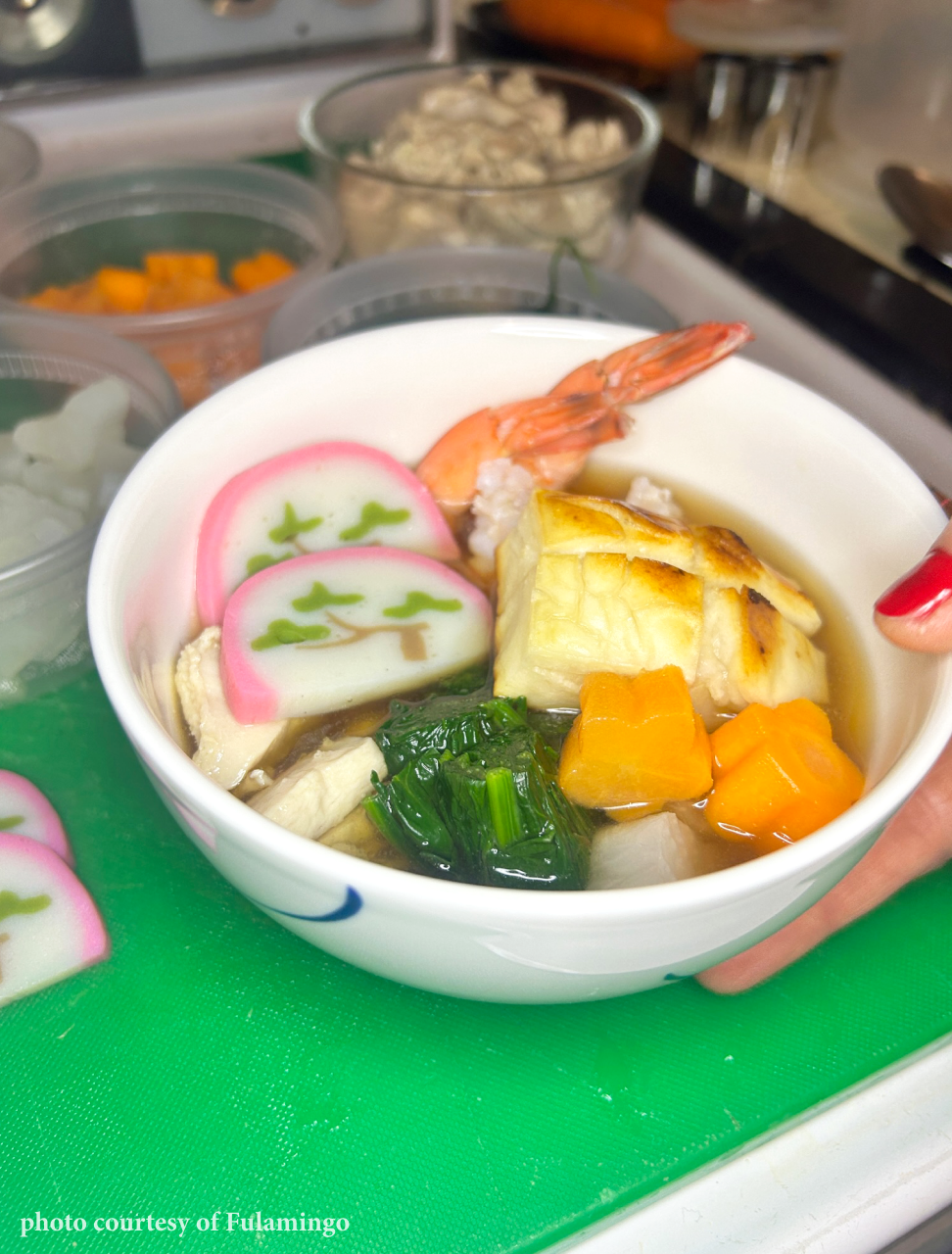
Shop this recipe
Example product title
More recipes

Chicken & Cabbage Gumbo
Inspired by the simple foods of South Louisiana, this hearty soup will make you rethink chicken gumbo.
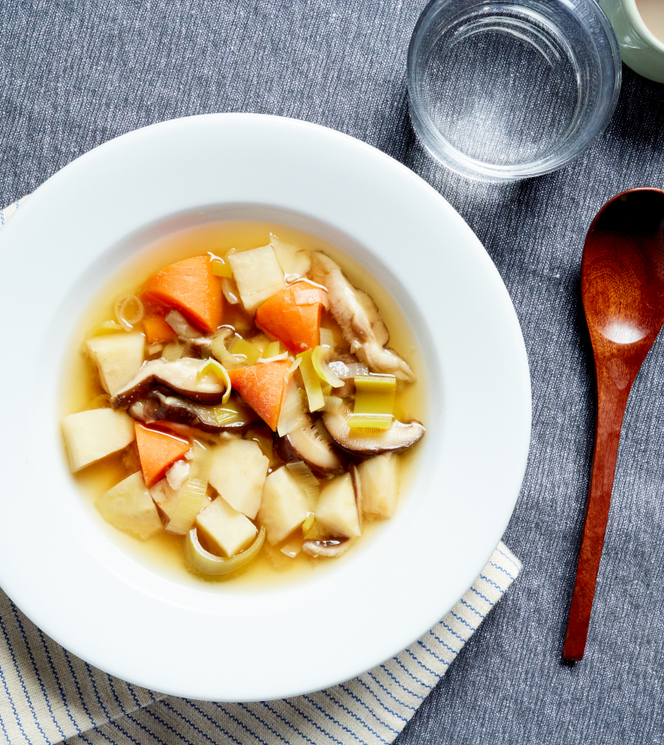
Miso with Shiitake Mushrooms and Celeriac
Our favorite umami booster gives this simple, Japanese-style soup lots of flavor.
